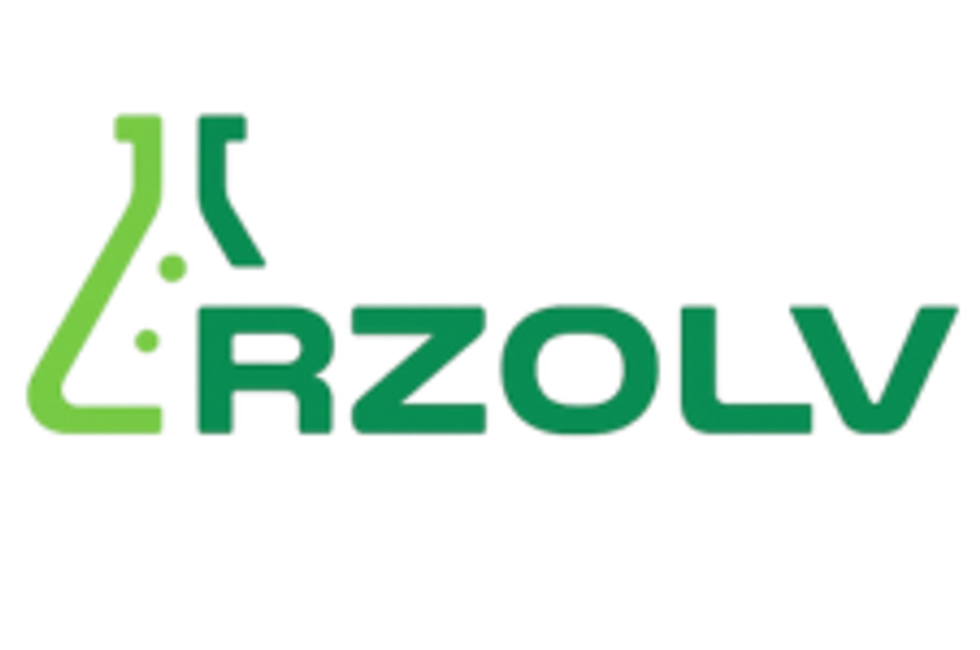Electric Vehicle Market Forecast: Top Trends that Will Affect Electric Vehicles in 2024
More than 1 million EVs were sold in 2023, but that number doesn't tell the whole story. Here's a look at the market last year and what experts expect heading into 2024.

Electric vehicles (EVs) are the main driver of demand for battery metals such as lithium and cobalt, and investors with an interest in these commodities are understandably keeping a close eye on EV sales.
While EVs are seen as a key part of the energy transition, sales growth is showing signs of slowing as adoption hits bottlenecks in major markets. The early adopters are already on the road, now the sector must do more to encourage average consumers who are still kicking the tires on getting behind the wheel.
With those factors at play, what are the key EV trends to watch? Here the Investing News Network (INN) takes a look at what moved the market in 2023, as well as what’s on the horizon for the EV sector in 2024.
How did the EV market perform in 2023?
Global EV sales grew by 31 percent in 2023 to reach 13.6 million units for the year, as per Rho Motion.
Those figures are nearly in line with BloombergNEF estimates that peg global passenger EV sales at 14 million in 2023. The firm's research breaks down global sales by region to 8.1 million EVs sold in China, 3.3 million in Europe and 1.6 million in North America, with the US accounting for 1.4 million of that figure.
2023 was the first year EV sales in the US surpassed 1 million, growing by 47 percent compared to 2022. Data analytics firm Atlas Public Policy has highlighted that EV sales represented a record 9 percent of all new car sales in the nation for the year, up from 7.3 percent in 2022. Nonetheless, these positive growth figures don’t show the whole story for the EV market in 2023. As noted by Rho Motion, the 31 percent growth figure for worldwide EV sales in 2023 is down by nearly half of the 60 percent growth in sales experienced in the previous year.
Investors watching the EV market over the past year are likely familiar with headlines bemoaning EVs piling up at dealership lots, automakers selling their EV inventory at a loss and rental car companies such as Hertz (NASDAQ:HTZ) paring down alternative fuel vehicles from their fleets — all signals that demand has fallen off of expectations.
"EVs are getting harder to move," Ivan Drury, Edmunds' director of insights, told ABC News. "Earlier in the year they were still going for above MSRP (manufacturer’s suggested retail price). Once the average interest rate hit 7% EVs began to linger on the lot and now require a lot more work from automakers and dealers to sell."
Another concerning trend in 2023 was major automakers announcing cuts to their EV production.
Volkswagen (OTC Pink:VLKAF,FWB:VOW) said it is curbing EV production at two of its Germany-based plants and shelved plans to build an additional US$2 billion EV factory due to declining European demand. Meanwhile, GM (NYSE:GM) scrapped its target to produce 400,000 EVs by mid-2024, and has delayed electric pickup truck production at its Detroit factory by one year in response to slower EV demand in the US.
Most recently, Ford (NYSE:F) attributed a 50 percent cut to 2024 production for its EV pickup truck offering, the F-150 Lightning, to “changing market demand” and an underdeveloped charging network.
Amid those challenges, EV buyers have benefited from lower price points and tax credits that have helped lower the cost of ownership — a sticking point for many potential purchasers.
“Tesla (NASDAQ:TSLA), the current EV market leader, dropped the prices for its popular vehicles multiple times throughout the year. This forced other automakers to try to keep up. Car companies are also now offering greater incentives on their electric models, and dealers are discounting more deeply as EV supply builds up at dealerships,” notes the Associated Press in a November 2023 article.
What's holding back EV demand?
The reasons for the drop in EV enthusiasm are multifaceted, but a November 2023 S&P Global Mobility survey provides some insight. When asked about their openness to purchase an EV back in 2021, 86 percent of consumers in key global auto markets gave the thumbs up. That figure sank to 71 percent in 2022 and fell further in 2023 to 67 percent.
Only 42 percent of the 7,500 respondents surveyed said their next vehicle would be electric, while 62 percent agreed with the statement, "I am waiting until vehicle technology improves before purchasing a new car."
The lack of charging infrastructure and the ensuing range anxiety is an oft-cited reason for consumer hesitancy when it comes to purchasing a new EV. Indeed, the time required for charging was a major concern of 46 percent of respondents, with 44 percent reporting concerns about charging station availability.
Range anxiety aside, the biggest hurdle for wider consumer adoption of EVs appears to be cost, according to the survey. Nearly half, or 48 percent, of respondents see prices for EVs as unaffordable. New EVs tend to cost more than their gas-powered counterparts, and today's high interest rate environment is likely hurting buyers' ability to finance.
“What's more, this is not just a US-market phenomenon. It's affecting consumers worldwide — even in regions where EVs have made significant market inroads,” explained researchers at S&P Global Mobility.
It would seem that the EV market has moved beyond the early adopter stage and will now have to court a new type of consumer for which affordability and practicality are top of mind.
“Automakers will have to engineer more entry-level models to reach a less affluent demographic and target buyers with vehicles that specifically replace their combustion counterparts,” explained Forbes auto industry expert Michael Harley.
What’s the outlook for the EV market in 2024?
Double-digit sales growth is still on the table for EVs in 2024. Nevertheless, experts' projections for the year ahead underline expectations that growth will continue to slow.
BloombergNEF is estimating that global EV sales will hit 16.7 million units this year, a 21 percent increase over 2023.
“The 2024 forecast marks a slowdown in annual growth rates caused by the regulatory schedule in Europe, market saturation in China, US consumers facing high interest rates, slow embrace of EVs by the Big Three automakers in the US and Tesla failing to refresh its model lineup,” wrote Aleksandra O’Donovan, BloombergNEF’s head of EVs.
Looking specifically at the North American market, the firm sees EV sales rising 32 percent to a total of 1.9 million units sold in the US and 230,000 in Canada this year. “The US result will be supported by the EV tax credit being available at the point of sale from 2024. Yet, for the total to be reached, the Big Three automakers — GM, Ford and Stellantis — need to step up their efforts,” added O’Donovan in the January 2024 report.
Rho Motion’s 2024 EV sales outlook is a bit more optimistic, projecting growth of between 25 and 30 percent.
“The pace of growth is slowing, but that’s what’s expected in growing markets like this,” said the firm's data manager, Charles Lester, emphasizing that the change is natural. “You can’t double every year.”
While slower growth in the global EV market may be concerning to investors, BloombergNEF says catalysts are on the horizon that bode well for the industry. These include improving battery technologies that offer faster charging and longer ranges, such as the solid-state batteries Toyota (NYSE:TM,TSE:7203) is actively working to produce by 2028.
Moreover, the costs of EV ownership are coming down slowly by surely, while at the same time the number of accessible public charging stations is increasing. O’Donovan said BloombergNEF expects that “(a)ll of those trends will continue paving the way for further growth in 2025 and 2026, when a slew of cheaper models is set to hit Western markets.”
Investor takeaway
The long road to decarbonization will understandably be fraught with hazards and roadblocks, and the EV revolution will have to drive the same path as any disruptive technology before it.
While EV adoption rates are showing signs of slowing down, this is an expected stage in the transition from gas-powered cars to EVs — one exacerbated by the high interest rate environment.
In 2024, the EV market is on the verge of an inflection point as the industry looks to overcome challenges to widening consumer adoption. And while challenges lie ahead, the market retains a strong case for investment given that EV sales are still projected to grow between a healthy 20 and 30 percent this year.
Don’t forget to follow us @INN_Technology for real-time news updates!
Securities Disclosure: I, Melissa Pistilli, hold no direct investment interest in any company mentioned in this article.
The Investing News Network does not guarantee the accuracy or thoroughness of the information reported in the interviews it conducts. The opinions expressed in these interviews do not reflect the opinions of the Investing News Network and do not constitute investment advice. All readers are encouraged to perform their own due diligence.
- Adam Rozencwajg: Will EVs Succeed? Efficiency, Emissions and a Potential Catalyst ›
- Electric Vehicle Stocks: 10 Biggest Companies in 2023 ›
- Electric Vehicles Need Battery Metals Mining, Investing Opportunities Ahead ›





